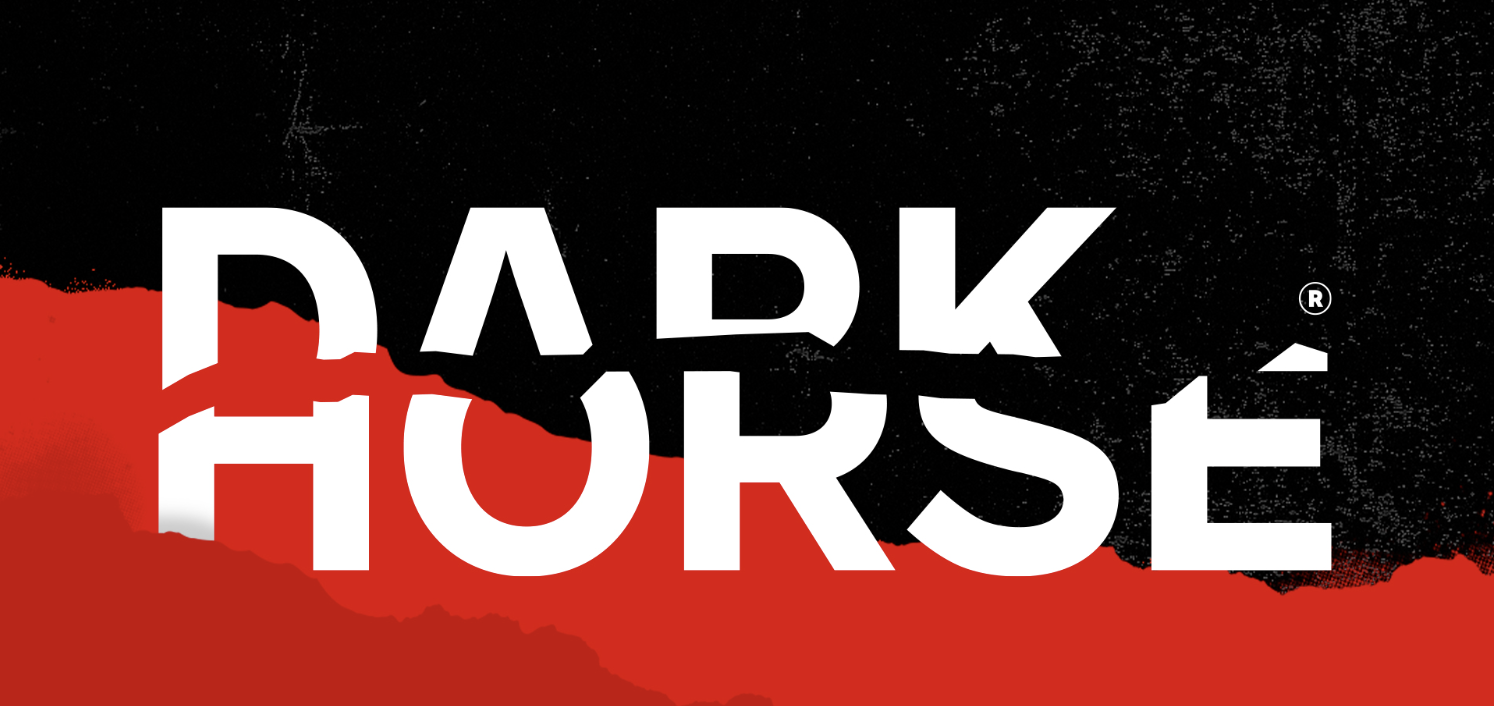
The basics of brand and positioning
In the sea of endless choices, standing out is not just an art; it's a strategic imperative. Brand positioning is the compass that guides a business towards its unique place in the market, anchoring its identity and carving a path for its journey ahead. Understanding the what, why and how of brand positioning means the difference between blending in and rising above the competitive noise.
Crafting your brand is your foundation that everything else is built upon. Understanding your own brand is critical to be able to share with your target market. You shouldn’t force your brand, it needs to be relevant to you and relatable to your target market. Without a solid brand identity, the quest for recognition is like setting sail without a map.
The power behind a brand lies within consistency across all communications and touchpoints. This is both internally and externally. If you have one persona internally and a different one externally, this will be found out by customers and cause confusion, or even distrust.
Why is brand positioning important?
Brand positioning represents the unique space your brand occupies in the minds of potential customers. It's how you want to be perceived within the market landscape. At its essence, brand positioning is the articulation of what you want your brand to stand for in the eyes of consumers. This strategic approach is vital for distinguishing your brand from competitors, crafting a distinct identity and communicating effectively with your target audience.
In the competitive arena where you vie for the attention of your target market, successful brand positioning covers every aspect from product design to marketing and sales strategies. It's not limited to superficial aspects like logos or colours; rather, it is about the inherent promise your brand makes to its customers. With strong positioning, prospective buyers quickly grasp why they should favour your product or service over alternatives in the market.
A clearly defined position can:
• Create a memorable impression in the minds of consumers
• Guide marketing strategies tailored to your ideal customer
• Inform decision-making across a wide range of business activities
• Shape the customer experience to align with business goals
• Influence product offerings and development in a way that resonates with the target audience
We will now look at the different aspects that make up your brand and what they are.
What is a positioning statement?
A positioning statement is a succinct description encapsulating your product's or service's unique value and its relevance to the target market. This powerful tool aligns a company's brand and value proposition with its marketing strategy, offering a beacon for crafting impactful marketing messages.
Your positioning statement includes:
• A definition of the target market or ideal customer
• An identification of the need or opportunity your brand addresses
• The unique benefits or features of your product or service that fulfil this need
• The reasons customers can believe in your brand's promise
The positioning statement is an internal manifesto that keeps marketing teams on track and ensures all marketing materials send a consistent and convincing message to the target customer. This clarity presents potential consumers with an immediate and accessible understanding of what the business stands for, driving home the brand's essence at first glance.
What are the core aspects of a brand?
In addition to your positioning statement you need to understand the following aspects to ensure that you are providing consistent messaging to your audience that resonates with your customers.
• Target market identification – know exactly who your potential customers are, with demographics and psychographics to focus where you do your marketing. You need to delve into detailed demographics, behavioural patterns and interests that characterise your ideal customers. By developing customer personas — detailed, semi-fictional characters that represent your target buyer — you'll be better equipped to tailor your marketing, thereby reaching those who are most likely to convert into loyal customers.
• Market category identification – understand how your offering fits in within the existing market and how you position your product/service in the minds of consumers. Your brand can range from a broad sector to a niche segment. Identifying and understanding your market category is essential, as it influences the strategy you will develop to position your brand. It involves defining who the buyers are, what they are searching for and who currently engages them. It is also about understanding the competition and staying attuned to market trends. Proper alignment within a market category allows your brand to develop a strong and enduring strategy that speaks to your audience effectively.
• Addressing customer pains – how do you position your product/service as a solution? This will feature in your messaging. Your aim is to identify the problems and solution you bring and communicating this to the target audience. Demonstrating this will show the value of your product and help your customer realise you understand them and their needs. Effective product positioning also justifies your pricing strategy and encourages creative approaches to marketing similar products differently. By conveying a clear message about why your brand is the optimal choice, product positioning helps garner the attention and loyalty of your target audience.
• Brand promise – the unique (where possible) value or benefit that you offer your customers when they engage with you.
• Brand identity and values – the business' personality; this element conveys what you stand for through a blend of visual identity, voice and culture.
• Purpose - a clearly defined purpose propels brand positioning by emphasising what makes your product or service indispensable to customers. In today's market, authenticity, transparency and a commitment to broader societal issues are cherished by consumers. Trust is also critical, with the vast majority of people only considering purchases from brands they trust. Therefore, you must ensure that your purpose is true to you and not just ticking a box, otherwise you will be found out!
• Voice and tone - your brand's voice is the embodiment of personality in your communications, reflecting the emotional aspect of your brand across all marketing channels. Defining this voice, with attributes such as passion, authenticity, or quirkiness, can guide your marketing team to consistently communicate in a manner that aligns with your brand's identity. Consistency in voice and tone is necessary not only for brand recognition but also for forging emotional connections with your audience.
• Brand story – this links to purpose, as often your purpose is born from the reason you exist and can be a powerful tool to create that emotional connection with your customer. A compelling and authentic brand story becomes part of the collective consciousness, enduring beyond specific marketing campaigns and helping to build long-term relationships with customers. Not merely a tale of the past, a brand story is an ongoing narrative that grows with your business and remains a central part of your strategic market positioning.
• Competition - in order to define a truly distinctive brand identity, you must understand who your competitors are and what they bring to the table. This involves analysing their messaging, visual identity, strengths and values. By constructing a competitive analysis and comparing messaging value categories, you can pinpoint opportunities for differentiation, ensuring your brand stands out and remains memorable in the minds of consumers.
Each of these elements requires careful consideration and underpins any aspect of your marketing from product development through to pricing strategies. Ultimately, knowing these details really helps shape your messaging and forms an authentic and consistent voice to your customers.
Successful market positioning for your startup should seamlessly integrate these core elements into a cohesive strategy that drives brand awareness, customer loyalty and ultimately, business success.









